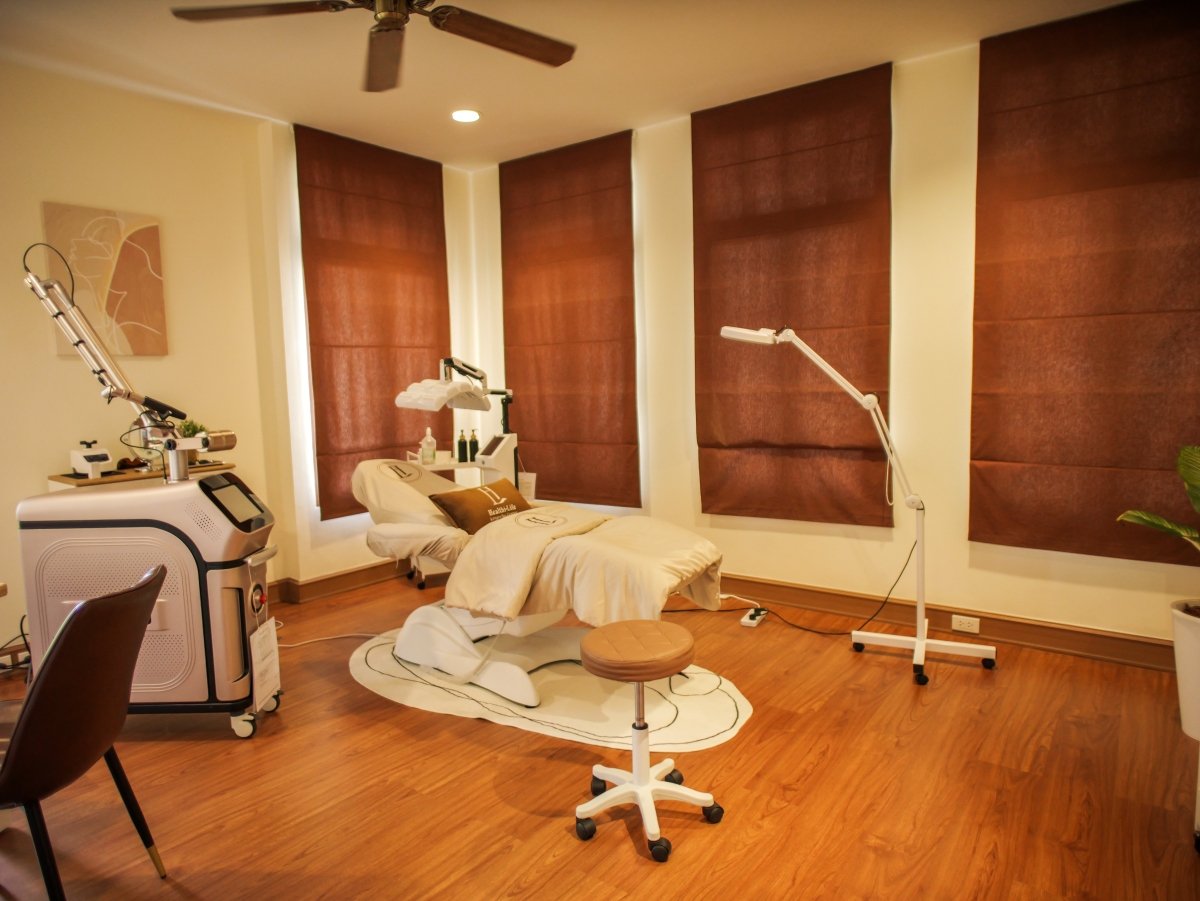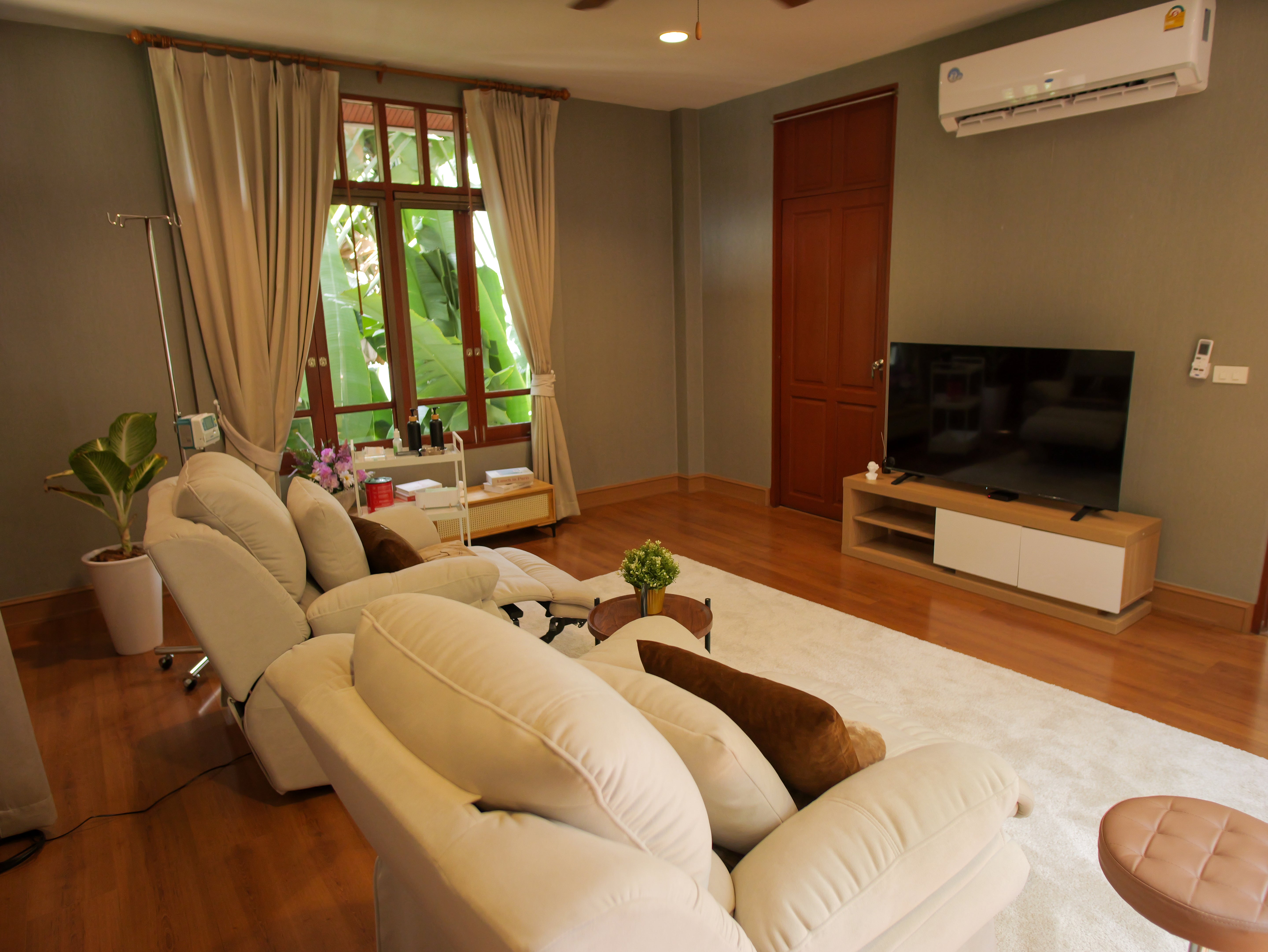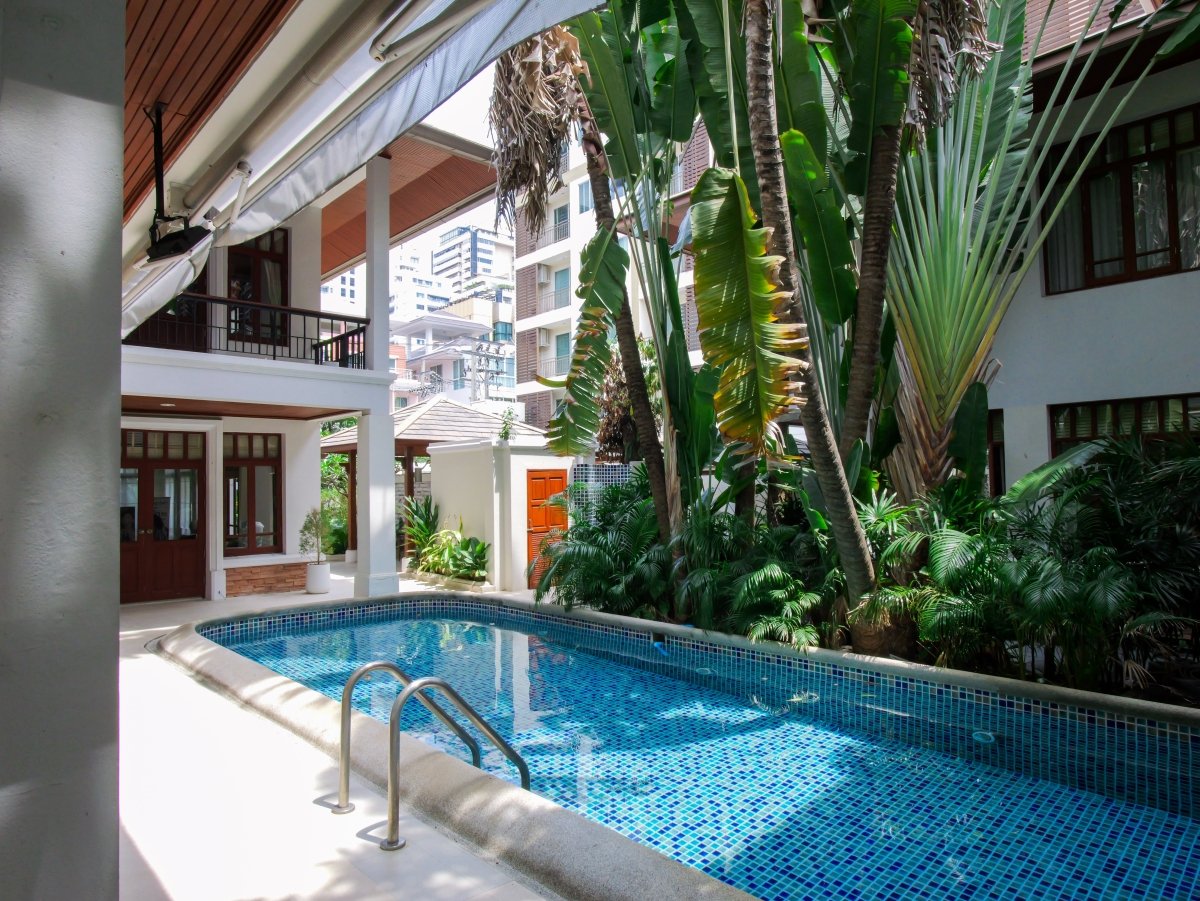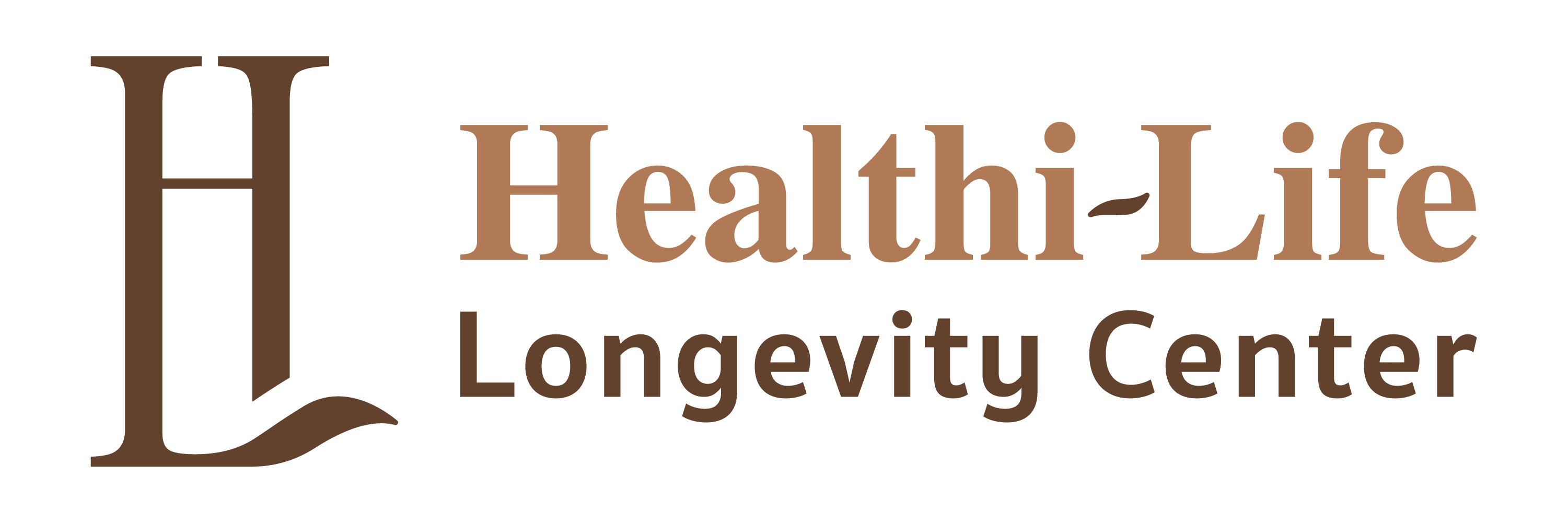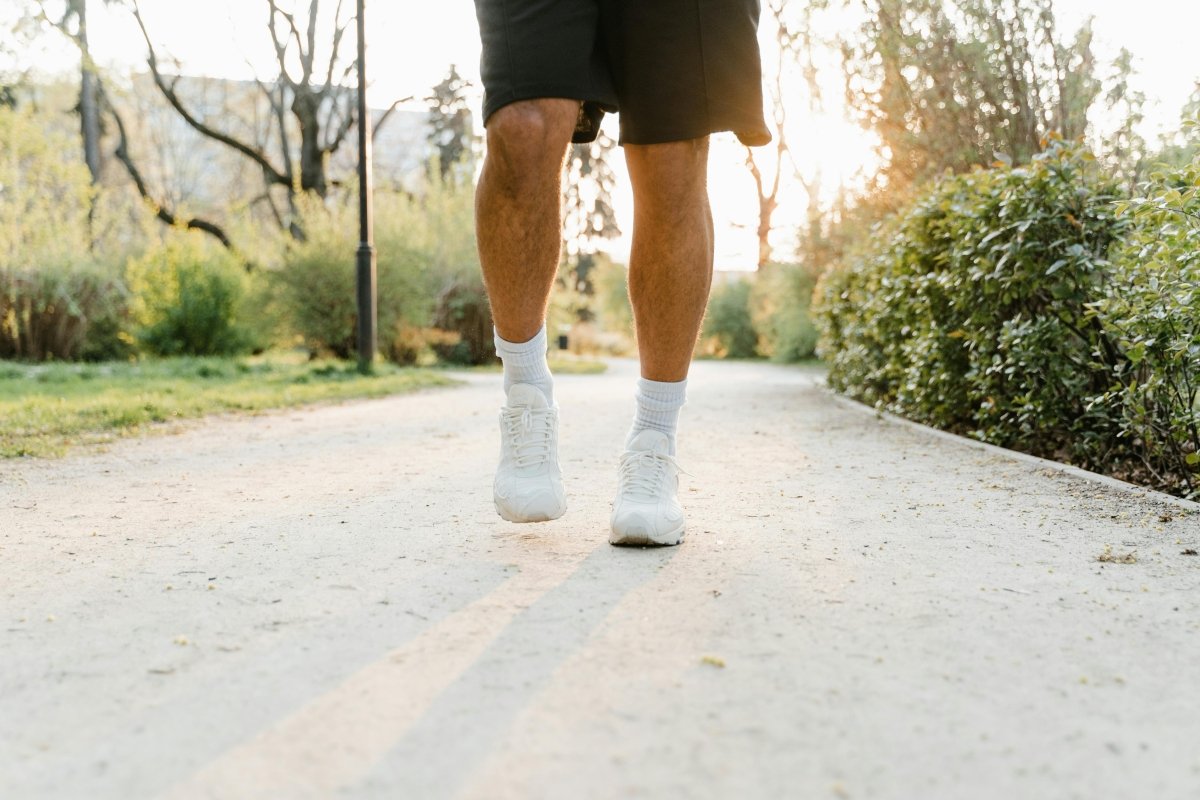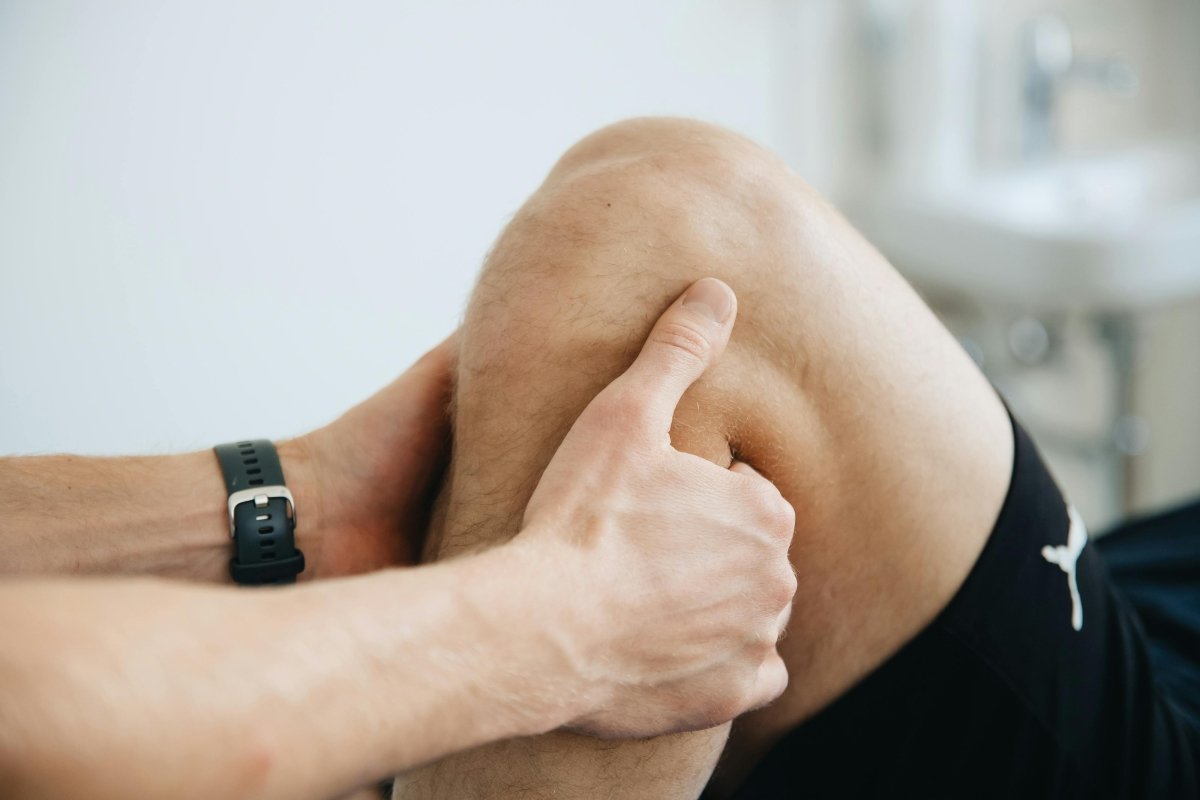Stem Cell Therapy for Stroke Recovery in Bangkok
A stroke changes life in an instant. Even with timely hospital care, many patients live with weakness, impaired coordination, speech challenges, and cognitive changes that complicate daily life. Standard rehabilitation—physio, occupational, and speech therapy—remains essential. But for many, the plateau comes too soon.
Stem cell therapy for stroke aims to reopen a window for recovery. Rather than masking symptoms, regenerative therapy helps the body repair and reorganize injured brain networks. At Healthi-Life Bangkok, our program is designed for patients beyond the acute emergency window who want to pursue additional recovery using a clinically supervised, science-based protocol.

Why Stroke Recovery Is So Difficult—and Where Stem Cells Fit
Ischemic stroke deprives part of the brain of oxygen and glucose. The early damage is obvious: neurons die, glia and vascular cells are disrupted, and inflammation rises sharply. Weeks later, the problems are more subtle but just as limiting: disrupted neural circuits, poor microcirculation, and persistent neuroinflammation that blunts rehabilitation gains.
Stem cells contribute to recovery through two broad mechanisms. First, they can modulate the inflammatory environment, calming the immune signals that block repair. Second, they release a spectrum of trophic factors and extracellular vesicles that promote angiogenesis, synaptic plasticity, and endogenous neurogenesis. The result for some patients is a more responsive brain: better motor control, steadier energy, and gains that “stick” when therapy resumes.
While stem cells are not a replacement for early hospital treatment such as thrombolysis or thrombectomy, they may complement rehabilitation during the subacute and chronic phases—precisely when many people feel progress stalling.
Who This Treatment Is For
Patients who benefit most share a few characteristics: a confirmed ischemic stroke diagnosis, residual deficits after completing standard rehab, and a desire to pursue additional recovery with realistic expectations. Many are months post-stroke; some are a year or more out. We screen carefully for contraindications and align our goals with your neurologist and physiotherapy team.

Stem Cell Therapy for Stroke: What Improvements Are Realistic?
Every stroke is different, but the pattern of change many patients report includes steadier coordination, better limb control, reduced spasticity, improved endurance during therapy sessions, and clearer speech initiation. Some describe cognitive gains, less mental fatigue, improved task switching, especially when inflammation and sleep are managed well.
These gains tend to be incremental and cumulative, not miraculous overnight changes. Our goal is to create a more favorable biological environment so that rehabilitation works better and progress is sustained rather than lost after a few days.
Stem Cell for Stroke Treatment Process at Healthi-Life Bangkok
Comprehensive Assessment
We review neuroimaging, clinical notes, medication history, and current function. Baseline measures are established using standardized scales wherever possible (e.g., modified Rankin Scale, Fugl-Meyer, or a clinic-appropriate alternative).
Personalized Stem Cell Plan
We use allogeneic mesenchymal stem cells prepared in compliance with ISCT (International Society for Cell & Gene Therapy) quality standards. Dosing and session count are individualized, with the plan shaped by time since stroke, deficit pattern, and comorbidities. We discuss the route of delivery and explain why we favor systemic infusion for broad anti-inflammatory and trophic effects, reserving other delivery routes only when medically justified.
Rehabilitation Alignment
Regenerative therapy is paired with targeted rehab. We coordinate therapy timing so that neuroplasticity is actively trained while the biological milieu is most favorable. This pairing matters; data suggest synergy between cell therapy and structured rehab.
Monitoring and Follow-Up
We repeat functional assessments at defined intervals, track adverse events, and adjust adjunctive supports including sleep, nutrition, and vascular risk management to maintain progress.
Ready to explore whether regenerative therapy fits your recovery plan?
BOOK A CONSULTATION VIA OUR STEM CELL THERAPY PROGRAMS
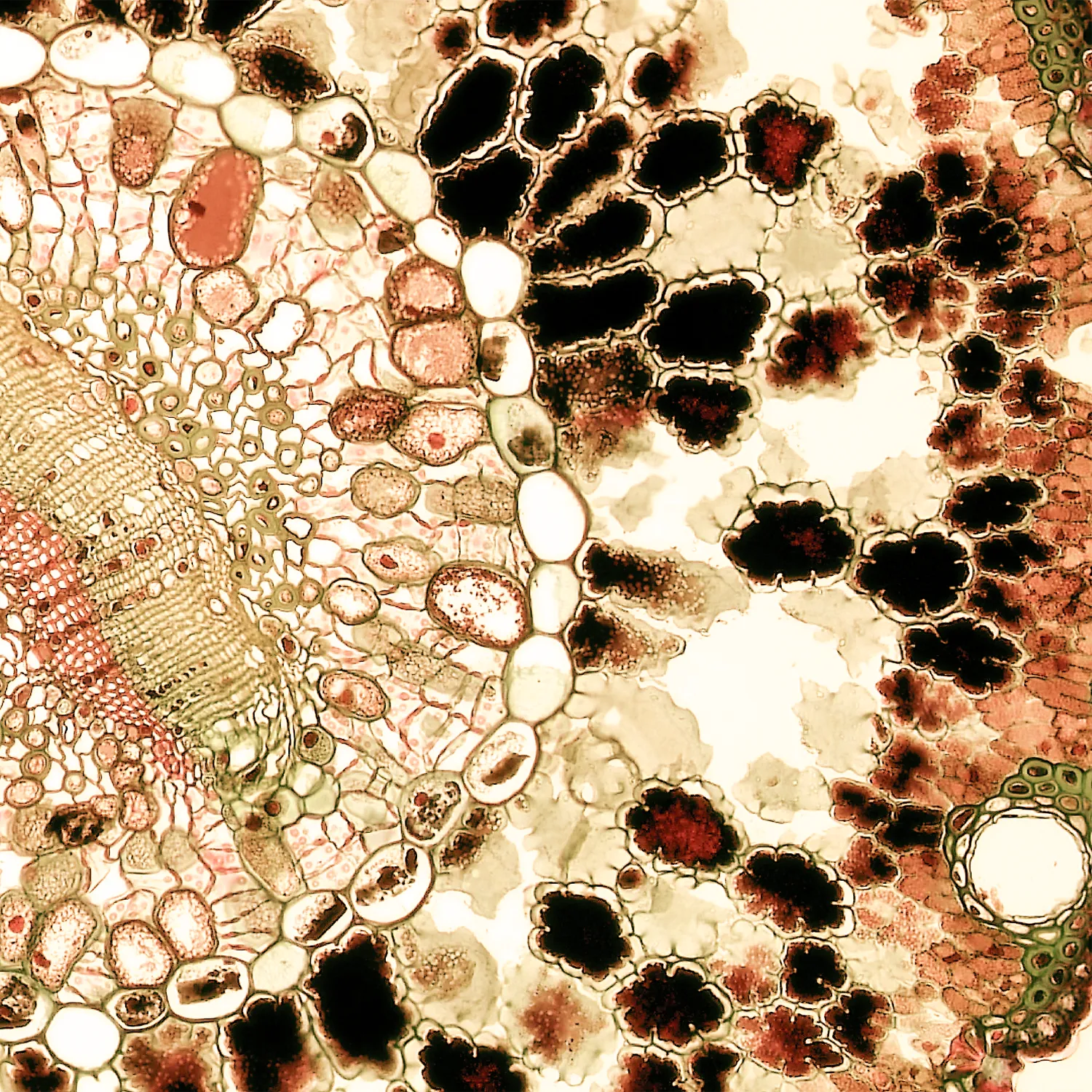
Why Allogeneic Mesenchymal Stem Cells?
Allogeneic Mesenchymal Stem Cells—sourced from healthy donors and manufactured under GMP standards—have practical and clinical advantages: no harvesting from a compromised patient, consistent product quality, and strong immunomodulatory profiles. For neurological indications, where inflammation, microvascular fragility, and immune dysregulation intersect, the paracrine signaling of these cells is central. Our focus is on safety, sterility, and dose consistency so that the conversation is about outcomes, not variability.
Scientific Research and Clinical Evidence
The knowledge base for stem cell therapy in stroke spans animal studies, early human trials, and newer translational work that clarifies how improvements may occur.
- A concise PMC review synthesizes four decades of laboratory work and early clinical trials. It confirms excellent safety across cell types but notes mixed efficacy in trials, often due to deviations from preclinical “best practice” (dose, timing, route). The takeaway is clear: adhere to basic-science-guided parameters to maximize clinical benefit.
- A 2024 ScienceDirect review of ischemic stroke highlights that stem-cell-based approaches are promising for neuroprotection and regeneration, while emphasizing challenges such as optimal cell source, dosage, and delivery timing. See review
- Gladstone Institutes (2025) reported that a modified stem-cell therapy restored cortical excitability and normalized inflammatory signaling in animal models even one month after stroke, offering a mechanistic rationale for late-phase interventions when many patients still seek improvement. Learn more
Complementary 2024–2025 reviews echo the theme: safety is well established; functional recovery hinges on dosage, delivery window, and integration with rehab, with growing encouragement for standardized protocols and long-term follow-up. See review
What this means for patients: Cell therapy is not a replacement for emergency stroke care, nor a guaranteed “cure.” It is a promising adjunct that can improve the brain’s readiness to recover—particularly when the program respects what the research says about timing, dose, and the synergy with rehabilitation.
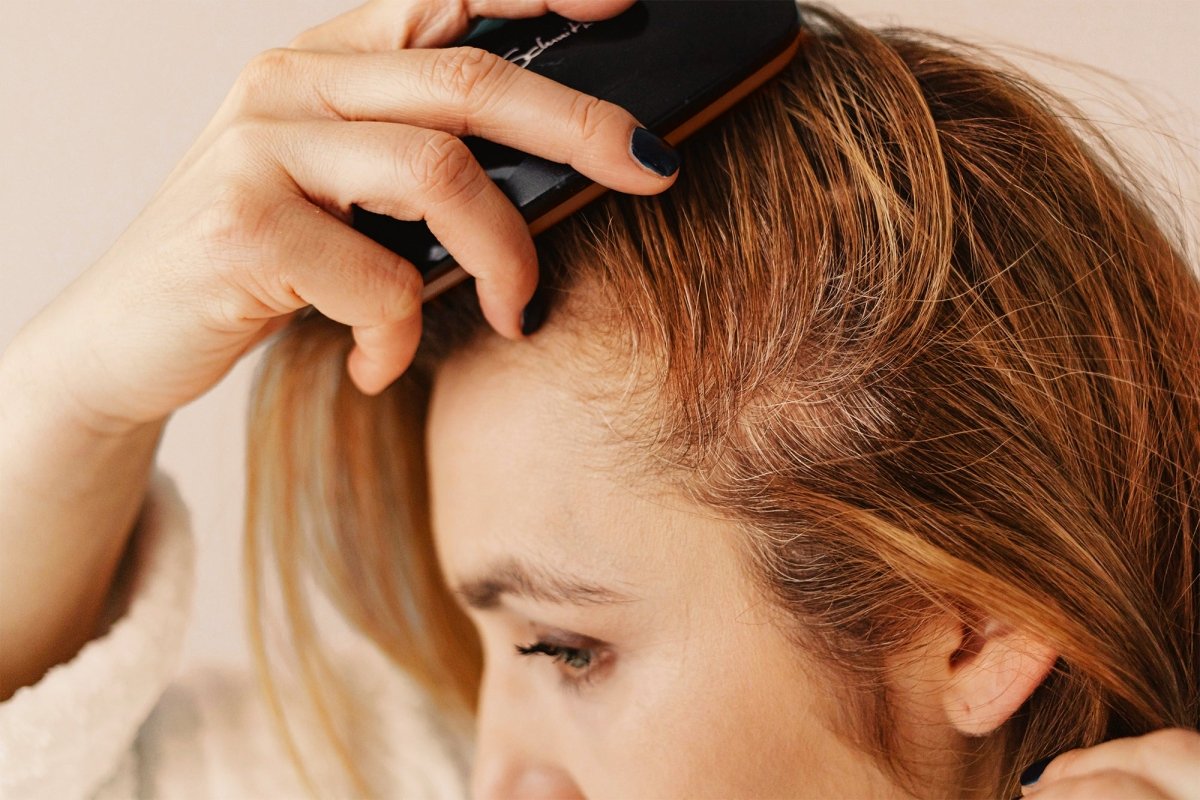
Safety and Realistic Expectations
Across studies, serious adverse events are rare. Typical experiences include brief fatigue after infusion or minor bruising at the IV site. We screen carefully for comorbidities (cardiac, renal, oncologic). We are transparent about the evidence: there are successes, neutral trials, and ongoing research refining who benefits most. The right plan balances optimism with honest boundaries.
Integration with Your Current Stroke Recovery Care
We do not alter antiplatelet or anticoagulation therapy without your physician’s input. We encourage continued control of blood pressure, glucose, lipids, and sleep apnea—factors that strongly influence brain recovery. Physical, occupational, and speech therapy remain core; stem cell therapy is designed to amplify what they achieve.
What to Expect During and After Treatment
Most sessions are completed as day procedures with comfortable monitoring. Patients often describe a gradual shift rather than an immediate transformation: a week later, therapy sessions feel more productive; a month later, endurance and fine motor control are steadier. We document tangible changes with standardized assessments so you can see progress beyond daily variability.
Our Stem cell Therapies
Refresh your skin with cellular anti-aging for lasting radiance.
Regenerate bones, joints, and tissues with advanced cellular treatment.
Natural joint repair for knees, hips, and shoulders – without surgery.
Enhance IVF success and egg quality with stem cell therapy.
Stimulate hair follicles and restore hair density naturally.
Full-body regeneration for energy, immunity, and vitality.

Conclusion and Next Steps
Stroke recovery is a marathon, not a sprint. For many, stem cell therapy can reopen a path forward by improving the biological conditions that make rehabilitation effective. At Healthi-Life Bangkok, we approach this carefully and transparently: evidence-informed protocols, collaboration with your clinicians, and progress tracked in meaningful ways.
Client Experiences at Healthi-Life Bangkok
Hearing from others often provides the best insight. Many of our clients arrive feeling drained and skeptical but leave convinced after experiencing our therapies.
FAQ: Stem Cell Therapy for Stroke
Yes. Recovery potential doesn’t end after the acute window. Emerging work shows that network excitability and inflammation can be improved even in later phases, which may allow rehabilitation gains to resume.
Most gains are functional: steadier limb control, better coordination, reduced spasticity, and greater endurance in therapy. Cognitive benefits—less mental fatigue, improved attention—are reported by some, especially when sleep and vascular risk factors are optimized, leading to an overall improvement in quality of life.
We use allogeneic mesenchymal stem cells (MSCs) manufactured under GMP standards and in accordance with ISCT (International Society for Cell & Gene Therapy) guidelines, ensuring consistency, safety, and strong immunomodulatory profiles.
Large reviews point to a favorable safety profile, with serious adverse events uncommon when protocols are followed and patients are properly screened. Learn more
Outcomes depend on dose, timing, route, and rehabilitation pairing. Earlier trials sometimes used sub-optimal doses or windows compared with effective preclinical regimens—one reason expert groups stress protocol standardization.
Our default is systemic infusion for broad trophic and anti-inflammatory effects. Intraparenchymal approaches exist in research settings; we discuss risks and indications individually.
Most patients describe gradual gains over weeks to months. We set milestones with your therapy team and measure progress with standardized scales.
No. Stem cells are an adjunct. The best results come when treatment is paired with structured rehabilitation and risk-factor control.
Most policies consider regenerative stroke therapy experimental. We provide clear pricing and documentation for personal reimbursement attempts.
We evaluate case by case. Much of the evidence base is ischemic; hemorrhagic cases require careful risk assessment and specialist input.
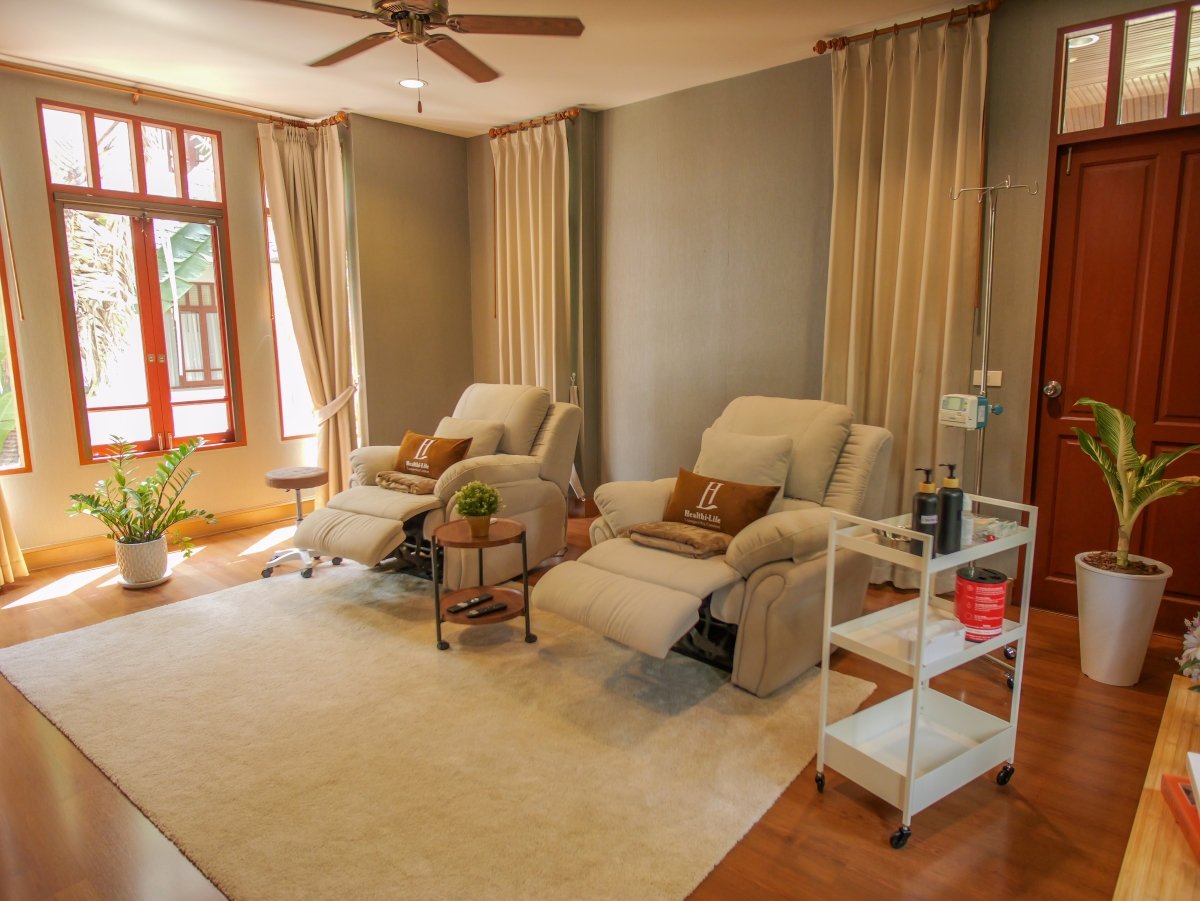
Stem Cell Therapy in Ekkamai, Sukhumvit
Compare options and request an evaluation through our Stem Cell Therapy Programs.
Revitalize yourself at Healthi Life Clinic
Come See Us!
📅 Open Monday-Saturday
🕚 11 AM – 7 PM
📍 Find Us on Google Maps
BOOK A STEM CELL THERAPY NOW
We’re Here to Help!
Start Your Journey!
Book Your 30-min FREE Consultation or Ask Us Your Questions Today
Our Stem cell Therapies
Refresh your skin with cellular anti-aging for lasting radiance.
Regenerate bones, joints, and tissues with advanced cellular treatment.
Natural joint repair for knees, hips, and shoulders – without surgery.
Enhance IVF success and egg quality with stem cell therapy.
Stimulate hair follicles and restore hair density naturally.
Full-body regeneration for energy, immunity, and vitality.
Book Your Stem Cell Therapy in Bangkok
📅 Monday to Saturday
🕚 11 AM – 7 PM
📍Find Us on Google Maps
BOOK YOUR STEM CELL THERAPY NOW
